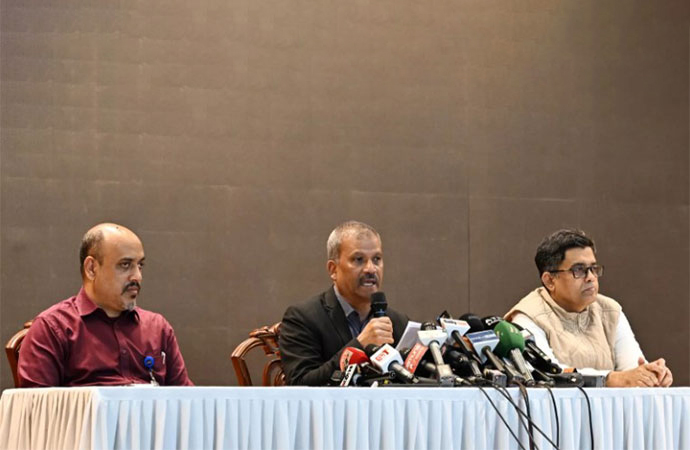Featured 1

Collected
Of all the numbers released around the budget, perhaps none has caused as much alarm or raised as many eyebrows as the one showing the quantum of default loans in the banking sector hit an all-time high of Tk 1,82,295 crore at the end of March this year, according to the latest data of the Bangladesh Bank. It meant that in just three months to March this year, bad loans had risen by Tk 36,367 crore, 25 percent higher from the previous three months. The banking sector had Tk 1,45,633 crore of default loans at the end of December last year.
For any country, that type of astronomical surge would be worrying even in the best of times. For a country like Bangladesh, just about to emerge from the list of Least Developed Countries and one that is struggling at the moment economically with inflation and dwindling forex reserves, it is potentially crippling. Bad debt had increased by Tk 50,000 crore in the space of just a year. They now represented more than 11 percent of the total loans disbursed by the banking system, the highest in the region.
The IMF's prescription to include loans that had turned delinquent for 3 months under this category no doubt played a part in the spike. Previously, the banks waited for 6 months, which the IMF deemed was not in keeping with international best practices. This means the figures we had been grappling with for years was actually an under-count. Only now do we have a clearer picture, with the new figure in excess of Tk 182,000 crores.
It is important to realise what has brought us to this stage. We cannot just blame a 'culture of default'. A series of faulty policy prescriptions have contributed to exacerbating the problem, and there is no escaping this fact. The special facility for regularisation of loans classified as bad with just 2 percent cash was launched for defaulters in 2019. As a result of this facility, those who used to make regular payments to the bank were also encouraged to default. The importance of a precedent being set and how it can encourage bad behaviour in the future was simply ignored, just as it has been with another bothersome policy that drew a lot of controversy from this year's proposed budget: the facility of whitening black money.
The government seems to think it can bring back a substantial amount of money that it can then utilise for its development projects and other work. The experience of the past and in other countries tells us this is categorically not the case. There has never been a windfall from this facility. We must also remember that for the best part of three years during the Coronavirus phase, the government actually allowed default loans to soar by putting a moratorium on any action against them. Some of these figures are only now coming into the reckoning. It may have sounded like a very humane policy, but let's face it, the biggest defaulters in the banking system tend to be from the corporate sector. Did they really require this relief?

























Leave a Comment
Recent Posts
“My Ekushey Padak award is ded ...
This year, the government awarded the Ekushey Padak 2025 - the country ...
Biman is an inconvenient airli ...
I was on a flight of Biman from Dhaka to Bangkok on 28 February when B ...
Bangladesh’s art treasures deserve a global stage: C ..
The need for a consensus on the election
July uprising offers big opportunities for reforms, ..
Former Dhaka University professor Chowdhury Rafiqul ..